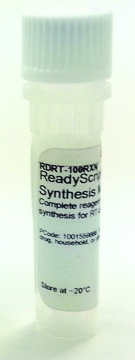10109118001
Roche
Reverse Transcriptase AMV
solution, >50 units/μg protein, suitable for RT-qPCR, suitable for RT-PCR
Synonym(s):
amv reverse transcriptase
Sign Into View Organizational & Contract Pricing
All Photos(1)
About This Item
Recommended Products
form
solution
Quality Level
specific activity
>50 units/μg protein
feature
dNTPs included: no
hotstart: no
packaging
pkg of 1,000 U
manufacturer/tradename
Roche
storage condition
avoid repeated freeze/thaw cycles
parameter
42 °C optimum reaction temp.
technique(s)
RT-PCR: suitable
RT-qPCR: suitable
input
purified RNA
detection method
probe-based
General description
Reverse Transcriptase, AMV is a gene product of the RNA genome of avian myeloblastosis virus. The enzymatically active forms of the purified enzyme are α,ββ and αβ. The molecular weight of the α-subunit is 68 kDa, that of the β-subunit 92 kDa. The mature αβ form, the most active form of Reverse Transcriptase, AMV, includes a RNA-directed DNA polymerase, a DNA-dependent DNA polymerase, a RNase H, and an unwinding activity. Reverse Transcriptase, AMV is used for cDNA synthesis, for synthesis of first strand cDNA for use in subsequent amplification reactions and dideoxy DNA sequencing.
The enzyme can also be used for RNA sequencing, 3′ end labeling of DNA fragments, and the generation of ss probes for genomic footprints.
Reverse Transcriptase AMV requires a primer and Mg2+ or Mn2+ for activity.
The enzyme can also be used for RNA sequencing, 3′ end labeling of DNA fragments, and the generation of ss probes for genomic footprints.
Reverse Transcriptase AMV requires a primer and Mg2+ or Mn2+ for activity.
Specificity
AMV (Avian Myeloblastosis Virus) Reverse Transcriptase is an RNA-directed DNA polymerase and a DNA-dependent DNA polymerase. The AMV reverse transcriptase requires a primer and Mg2+ or Mn2+ for activity.
Heat inactivation: 5 min, 95 °C
Heat inactivation: 5 min, 95 °C
Application
Reverse Transcriptase AMV is suitable for:
- First- and second-strand cDNA synthesis and synthesis of first strand cDNA for use in subsequent amplification reactions (RT-PCR)
- Dideoxy DNA sequencing
- Primer extension
- RNA sequencing
- 3′-end labeling of DNA fragments
- Generation of single-stranded probes for genomic footprint experiments
Features and Benefits
- Efficiently transcribes total RNA, mRNA, viral RNA and RNA rich in secondary structures
- Procure full length cDNA fragments up to 12 kb
- Higher thermostability (up to 60°C) and specificity than M-MuLV Reverse Transcriptase
Packaging
1 kit containing 2 components
Quality
Absence of contaminants: Tested for the absence of detectable nonspecific RNases and nonspecific DNases in incubations with various nucleic acids (analyzed by gel electrophoresis) according to the current Quality Control procedures.
Function test: Reverse Transcriptase AMV is function tested in the cDNA Synthesis Kit and RT-PCR.
Function test: Reverse Transcriptase AMV is function tested in the cDNA Synthesis Kit and RT-PCR.
Unit Definition
1 unit is the enzyme activity that incorporates 1 nmol of [3H]-dTMP into acid-precipitable products in 10 minutes at +37 °C with poly(A)+ · d(pT)15 as template primer.
Volume Activity: 20-25 U/μl. Please refer to the Certificate of Analysis for more information.
Volume Activity: 20-25 U/μl. Please refer to the Certificate of Analysis for more information.
Preparation Note
Storage buffer: 200 mM potassium phosphate, 2 mM dithiothreitol, 0.2% Triton X-100 (v/v), 50% glycerol (v/v), pH 7.2.
Storage and Stability
Store at -15–-25 °C. (Storage at -70 °C is more likely to deteriorate the enzyme via repeated freezing and thawing.)
Other Notes
For life science research only. Not for use in diagnostic procedures.
Kit Components Only
Product No.
Description
- Reverse Transcriptase AMV 20-25 U/μl
- First-strand cDNA Synthesis Buffer 5x concentrated
Storage Class Code
12 - Non Combustible Liquids
WGK
WGK 1
Flash Point(F)
does not flash
Flash Point(C)
does not flash
Regulatory Information
常规特殊物品
Choose from one of the most recent versions:
Already Own This Product?
Find documentation for the products that you have recently purchased in the Document Library.
Lucile Pantel et al.
Molecular cell, 70(1), 83-94 (2018-04-07)
Growing resistance of pathogenic bacteria and shortage of antibiotic discovery platforms challenge the use of antibiotics in the clinic. This threat calls for exploration of unconventional sources of antibiotics and identification of inhibitors able to eradicate resistant bacteria. Here we
Crystal M Gigante et al.
Viruses, 12(11) (2020-11-08)
As countries with endemic canine rabies progress towards elimination by 2030, it will become necessary to employ techniques to help plan, monitor, and confirm canine rabies elimination. Sequencing can provide critical information to inform control and vaccination strategies by identifying
Maternal licking regulates hippocampal glucocorticoid receptor transcription through a thyroid hormone-serotonin-NGFI-A signalling cascade.
Hellstrom I C, et al.
Philosophical transactions of the Royal Society of London. Series B, Biological sciences, 367(1601), 2495-2510 (2012)
Jessica N Saykally et al.
PloS one, 4(12), e8460-e8460 (2009-12-31)
Four genome-wide association studies mapped an "obesity" gene to human chromosome 10p11-12. As the zinc finger E-box binding homeobox 1 (ZEB1) transcription factor is encoded by the TCF8 gene located in that region, and as it influences the differentiation of
Mélanie A Cron et al.
Journal of neuroinflammation, 17(1), 294-294 (2020-10-10)
Myasthenia gravis (MG) is a rare autoimmune disease mainly mediated by autoantibodies against the acetylcholine receptor (AChR) at the neuromuscular junction. The thymus is the effector organ, and its removal alleviates the symptoms of the disease. In the early-onset form
Related Content
RT-qPCR detects specific targets with applications in gene expression and pathogen detection.
Our team of scientists has experience in all areas of research including Life Science, Material Science, Chemical Synthesis, Chromatography, Analytical and many others.
Contact Technical Service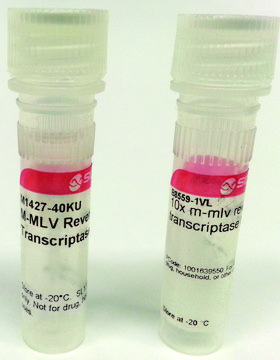
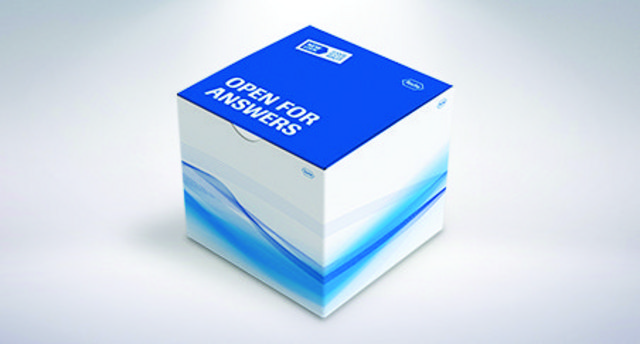
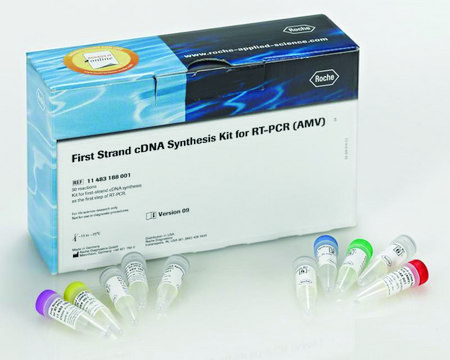
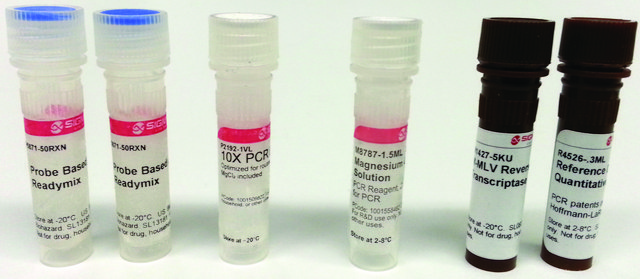

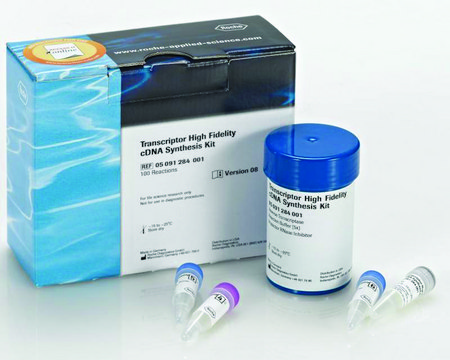
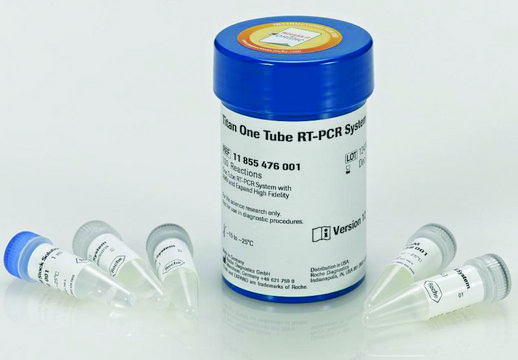
![Enhanced Avian Reverse Transcriptase [eAMV™ RT] For reverse transcription at higher temperatures & rare mRNAs](/deepweb/assets/sigmaaldrich/product/images/496/245/af9bcef6-1474-494b-8fba-32ca0fd56c42/640/af9bcef6-1474-494b-8fba-32ca0fd56c42.jpg)

